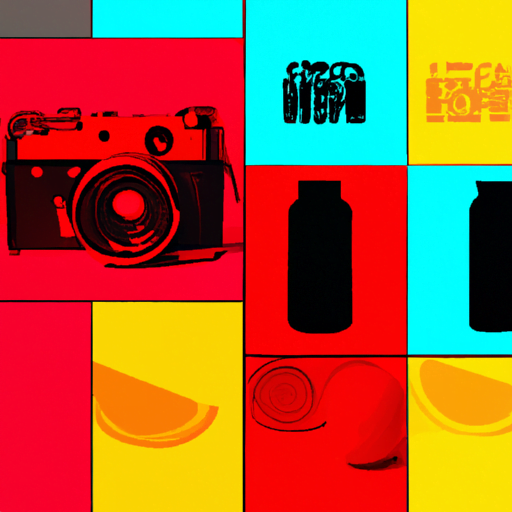
-
Table of Contents
Experimental Layout Design: Breaking Conventional Grids

Introduction: The Power of Layout Design
Layout design plays a crucial role in shaping the user experience of a website or any visual medium. It determines how information is presented, how users navigate through content, and ultimately, how they perceive and interact with the design. While conventional grid-based layouts have been the norm for many years, designers are increasingly exploring experimental layout designs to break free from the constraints of traditional grids. In this article, we will delve into the world of experimental layout design, exploring its benefits, challenges, and providing valuable insights for designers looking to push the boundaries of creativity.
The Limitations of Conventional Grids
Conventional grid-based layouts have long been the go-to choice for designers due to their simplicity and ease of implementation. However, they come with inherent limitations that can stifle creativity and hinder the user experience. Some of these limitations include:
- Rigid structure: Grid-based layouts often force designers to fit content into predefined boxes, limiting their ability to create unique and engaging designs.
- Predictability: Grids can make designs feel formulaic and predictable, leading to a lack of visual interest and engagement.
- Responsive challenges: Adapting grid-based layouts to different screen sizes and devices can be complex and time-consuming.
Benefits of Experimental Layout Design
Experimental layout design offers a refreshing alternative to conventional grids, allowing designers to break free from the constraints and explore new possibilities. Here are some key benefits of embracing experimental layout design:
- Enhanced creativity: By breaking away from the rigid structure of grids, designers can unleash their creativity and create visually stunning and unique designs that captivate users.
- Increased engagement: Experimental layouts can surprise and delight users, making them more likely to stay on a website, explore its content, and engage with its features.
- Improved storytelling: Non-linear layouts can be used to guide users through a narrative, creating a more immersive and memorable experience.
- Responsive flexibility: Experimental layouts can be more adaptable to different screen sizes and devices, providing a seamless experience across platforms.
Case Studies: Successful Examples of Experimental Layout Design
Let’s explore some real-world examples of websites that have successfully embraced experimental layout design:
1. The Museum of Mario
The Museum of Mario is an online exhibition dedicated to the iconic video game character. The website’s layout breaks away from traditional grids and instead uses a dynamic and interactive design. As users scroll through the website, they are taken on a journey through different levels of the game, with each level represented by a unique layout. This experimental approach not only captures the essence of the game but also immerses users in a nostalgic and engaging experience.
2. The Shape of Design
The Shape of Design is a book by Frank Chimero that explores the creative process and the role of design in our lives. The book’s website takes an experimental approach to layout design, with each page having a unique and unconventional layout. The layouts are carefully crafted to reflect the content and evoke emotions, creating a harmonious blend of words and visuals. This experimental design not only enhances the reading experience but also reinforces the book’s central message of embracing creativity and breaking free from conventions.
Challenges and Considerations
While experimental layout design offers exciting possibilities, it also comes with its own set of challenges and considerations. Here are a few key points to keep in mind:
- Usability: Experimental layouts should still prioritize usability and ensure that users can easily navigate and understand the content.
- Performance: Complex layouts can impact website performance, so designers need to find a balance between creativity and optimization.
- Accessibility: Experimental layouts should be accessible to all users, including those with disabilities. Designers should consider alternative ways of presenting content for users who may have difficulty with unconventional layouts.
Conclusion
Experimental layout design offers a world of possibilities for designers looking to break free from the constraints of conventional grids. By embracing experimental layouts, designers can unleash their creativity, captivate users, and create memorable experiences. However, it is important to consider usability, performance, and accessibility when exploring experimental designs. With careful planning and consideration, designers can push the boundaries of layout design and create truly innovative and engaging experiences for users.
